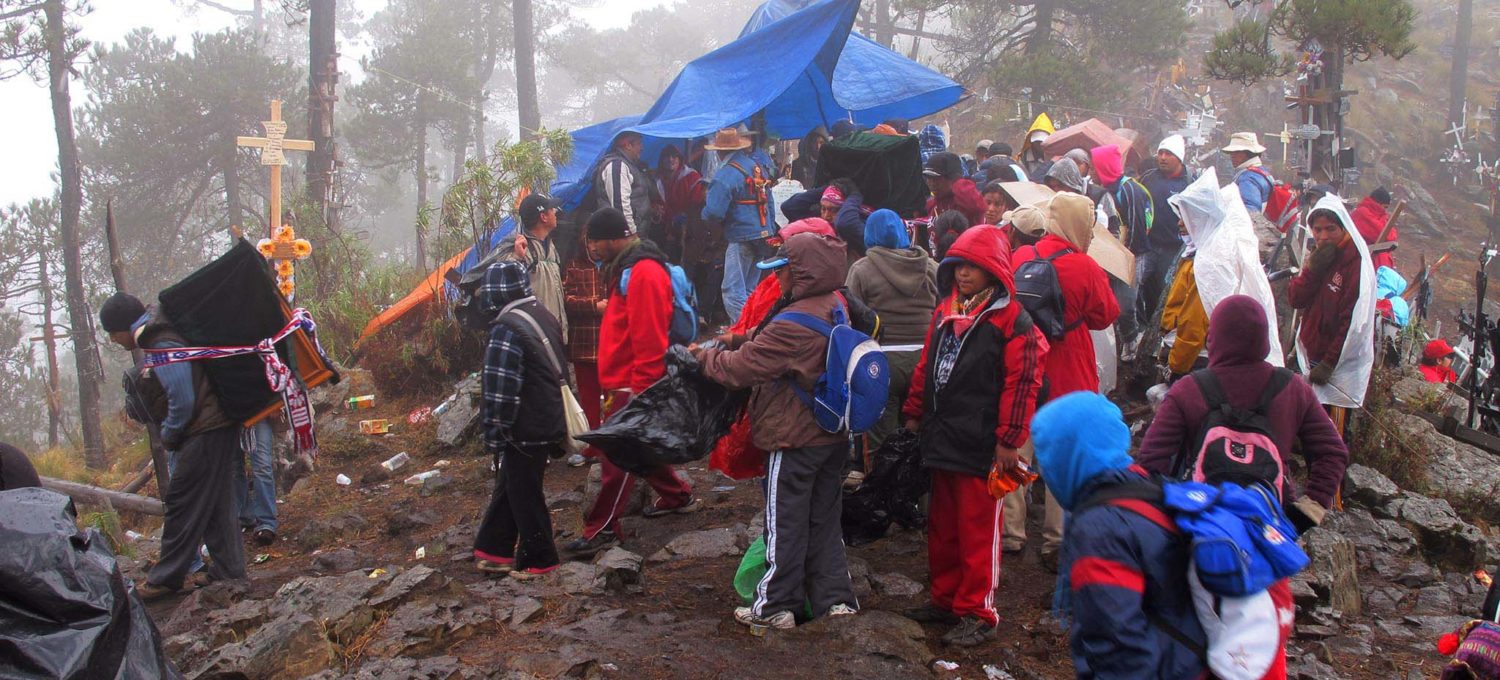Community is hard to define. Generally it requires many different kinds of relation tp really be more than a group of people reunited for some common interest. One of these characteristics certainly is family relationships. Friendship and shared practical interests also contribute to the sense of community. Though the self-built peripheries of the city are often conceived as bare of humanity, they actually harbor very strong communities, probably more so than the center of the city.
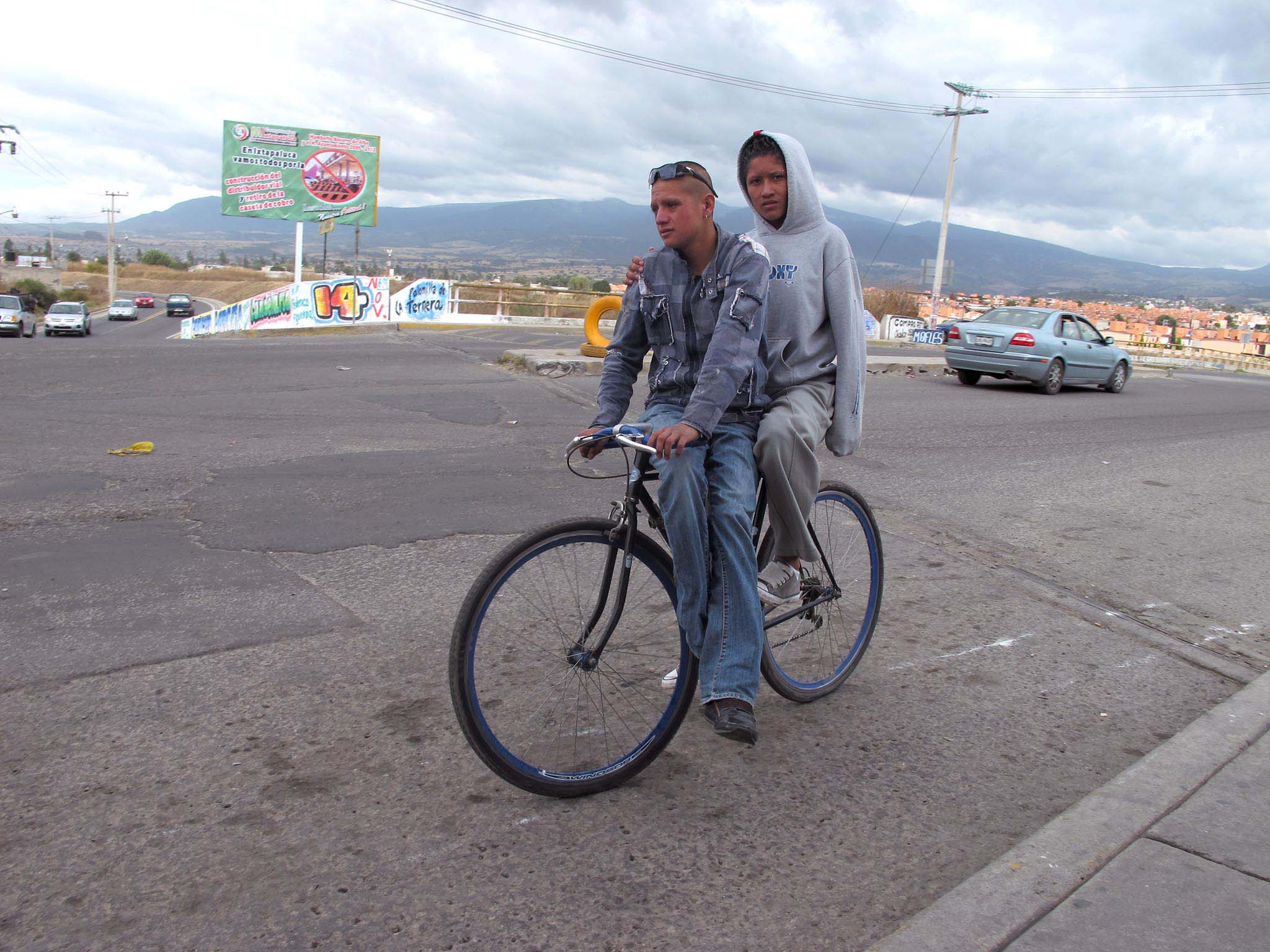
Original communities
Looking at the vast expanse of modern Mexico City it is easy to forget that some of the families living in the Valley of Mexico have always been living in the Valley of Mexico. Judges seeking to resolve border disputes between villages in Xochimilco and Milpa Alta are still referred to documents from the early colonial era. One aspect of traditional communities is precisely that they have a very strong attachment to the land, because it is part of a sense of community identity, something they received from their parents and will pass on to their children.

Often the traditional communities within the Valley of Mexico will also have communal land regimes going back to concession by the Spanish crown, where the community as a whole has a say in how land can be used. That is why there are for example no hotels (seen as sites of vice) and no department stores or malls in Milpa Alta, because the community rejects them on the basis of communal land laws.
Another case where communal action thwarted development in a natural area is San Andrés in Cuajimalpa where communal land owners dissolved their community in order to prevent a corrupt communal leadership to stop a project to develop an forested area called La Venta. Every time communities act together it strengthens their communal ties and ability to confront the outside world. This practice of communal action is reflected in many phenomena from lynchings, to the practice in Milpa Alta of newly weds being given all basic household necessities such as a washing machine, sofas and chairs, and tables by the community.
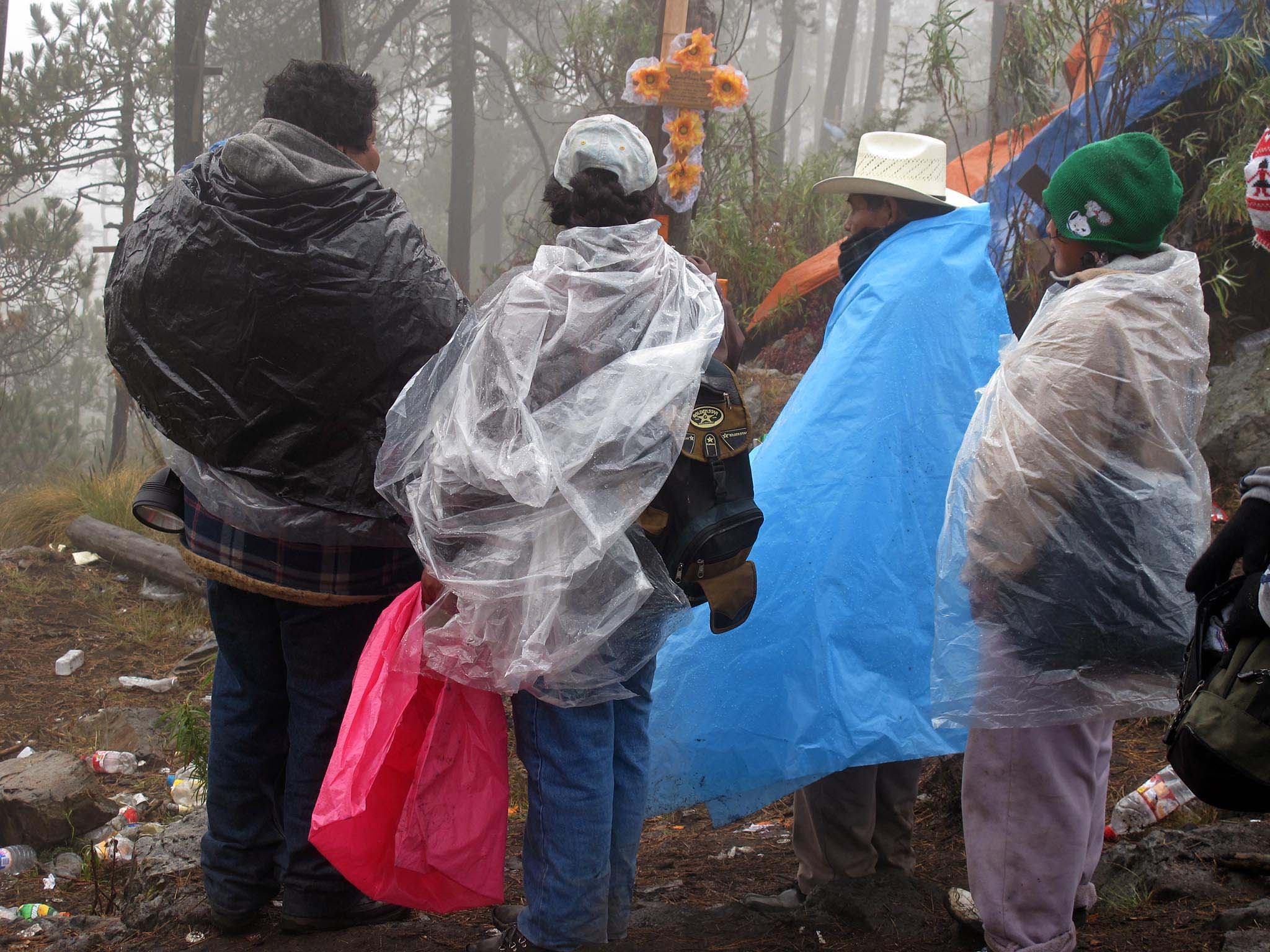
The ties within original communities are very strong and even when they are swallowed by the city these communities persist, maintained by religious festivities, family ties and a sense of shared interests. For example the communities of Iztapalapa still celebrate their festivities in areas long urbanized, maintaining a sense of history identity amid strip malls and social housing units.
A community gone bad-La Presa Ecatepec
The edge of Mexico City is populated by many different kinds of neighborhoods and forms of territoriality. Certain communities however can become severely affected by problems of insecurity and crime. This insecurity has little to do with the physical appearance of the community. There are certain characteristics which communities on the edge of the city with bad local reputations for crime have in common.
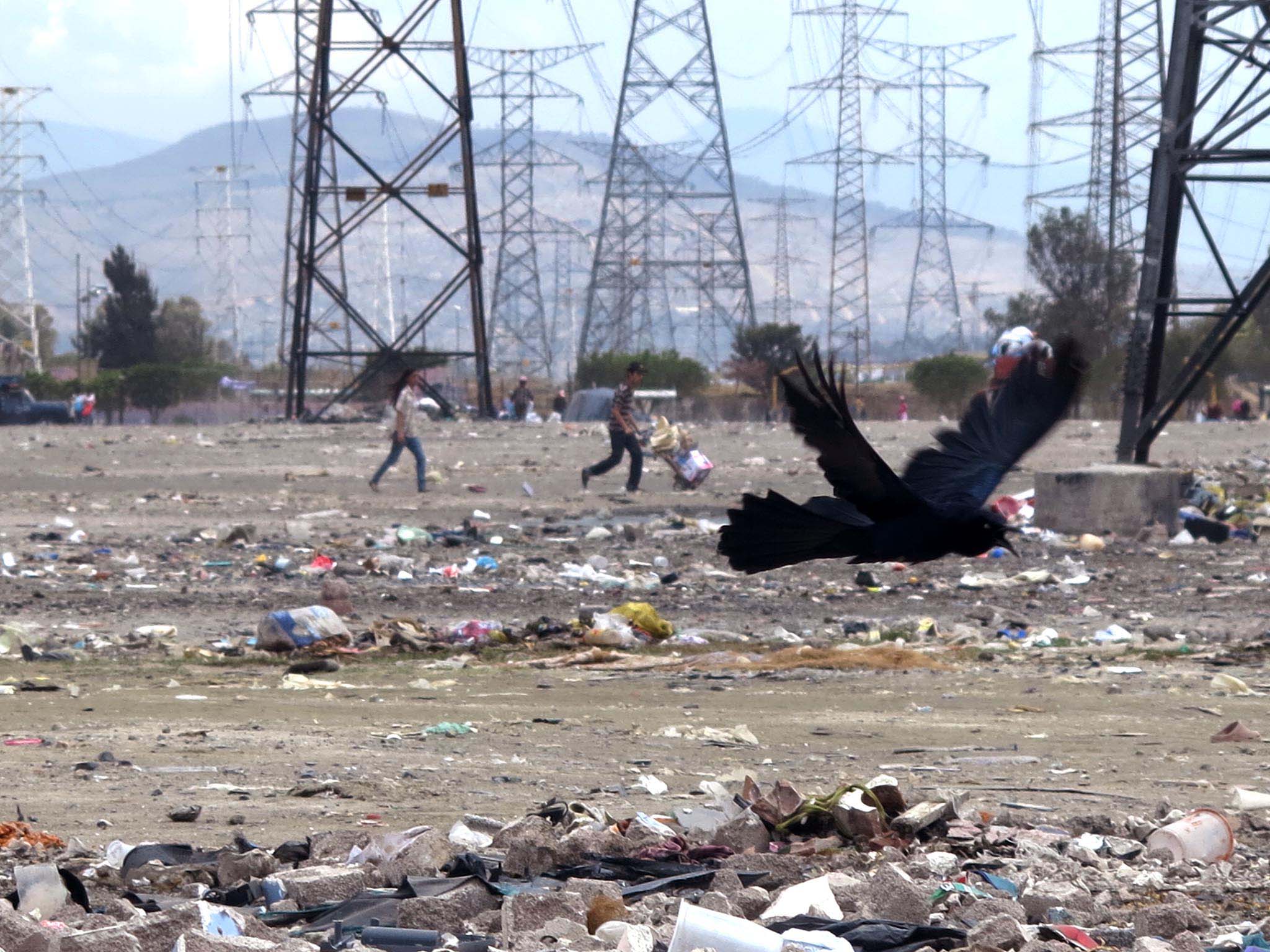
One of these characteristics is that they are neighborhoods with few access routes. The fact that entry to a neighborhood can easily be controlled, and any police detected well before they penetrate the neighborhood lends itself to the development of a criminal culture. A strategic location close to the entry of a freeway into the city also makes a neighborhood more attractive for organized criminal activity. A third characteristic is that a neighborhood lies on a jurisdictional boundary making it more difficult for the police to follow criminals when they move from one jurisdiction to another.
For a local criminal culture – like any other culture – to develop seems to take several generations and explicitly insecure neighborhoods seem to be a little bit older than most. After all the optimism of settlement has passed and an area declines into economic and cultural stagnation it is easier for crime as a lifestyle to take root.
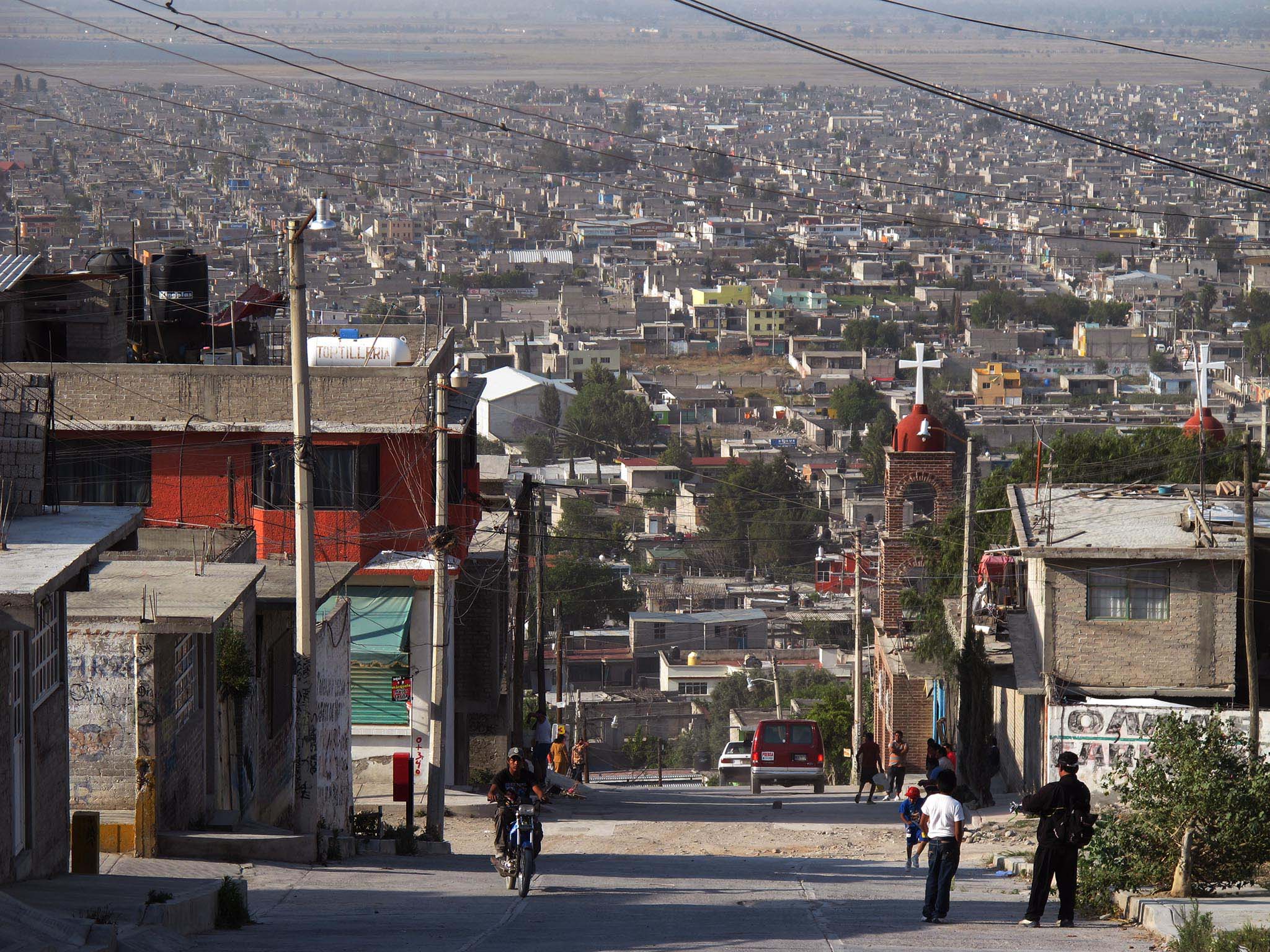
It is not a coincidence that many of the Greater Mexico City Area’s most insecure neighborhoods are along the freeway to Puebla and fulfill many of these characteristics. Nonetheless as the people causing insecurity grow older and have children their priorities may change. Some neighborhoods retain hard reputations long after they have grown out of habits of violence and crime. These bad reputations may even be fomented by members of the community as a form of protection.
Indigenous migrants-Valle de Chalco
The ties of indigenous migrants to Mexico City are rarely visible. One of the great exceptions are the Purépechas from Michoacan selling distinctive rustic furniture in the periphery. The general method of working seems to be to bring the wooden pieces from Michoacan and assemble and finish them in the large roadside stands where the Purépecha families also live. The distinctive style of this furniture with the backs of chairs carved to appear like a grid of woven squares is omni-present in the periphery and is even copied by non-purépecha artisans.
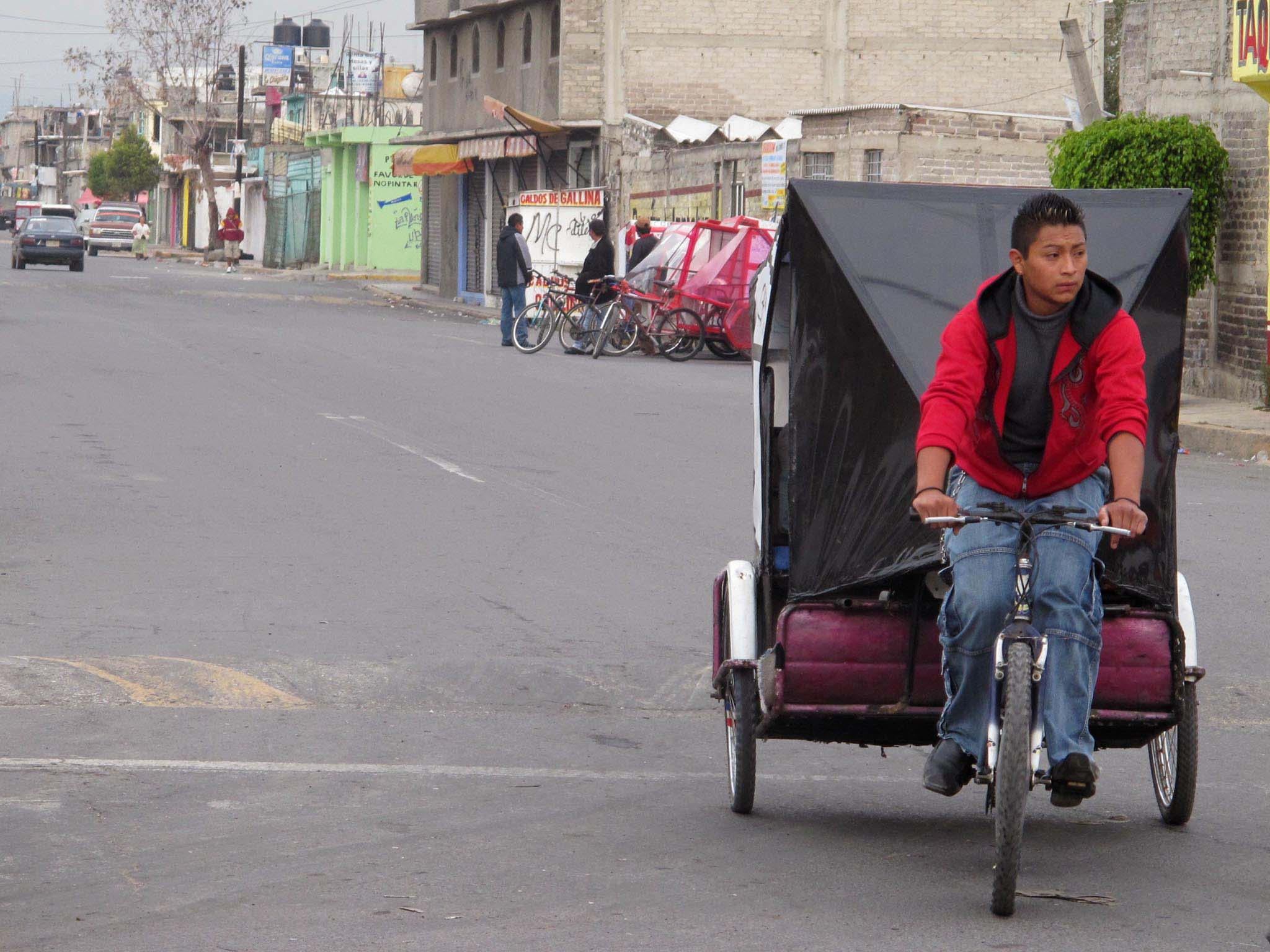
Indigenous migrants to Mexico city are almost always from rural areas, which means that they still have land in their village of origin. This in itself is a guarantee of for close relations of the migrants to the city with their home villages. Many of these villages also have intricate forms of traditional government requiring attendance in meetings and joint responsibilities. Not to attend these meetings is to lose voice in the decision-making process and status in the original communities. Indigenous people hence live in two places and two social hierarchies at the same time.
According to the 2005 census indigenous people in Mexico City are Nahuatl (100,000), followed by Otomi’s (45,000) and afterwards by Mixtec’s (45,000) and Zapotecs (32,000) from Oaxaca. Nonetheless the number of indigenous people is notoriously undercounted in census because they are reluctant to reveal their ethnicity.
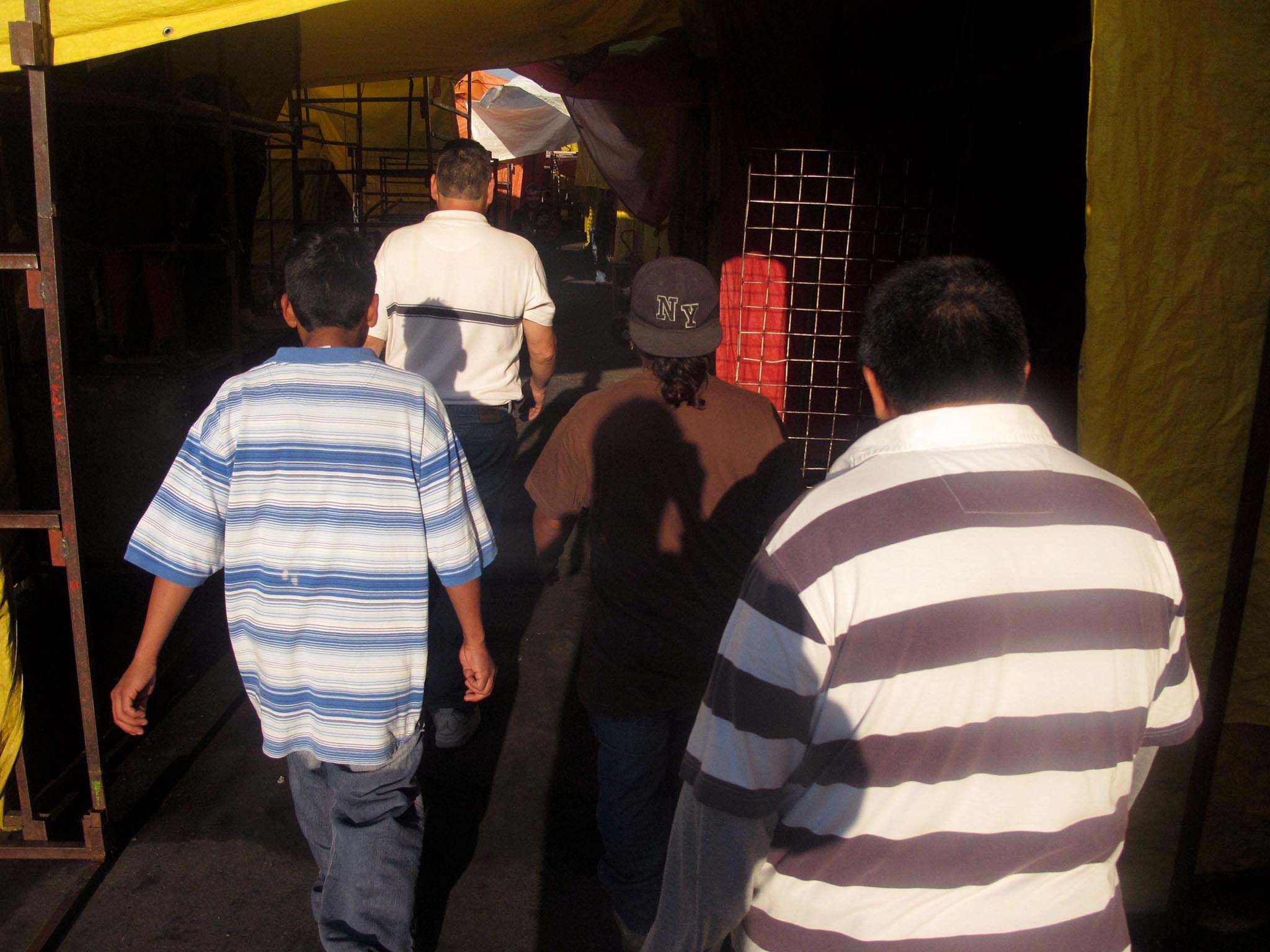
The indigenous people of Mexico city also tend toward different professions. The Triqui’s of Oaxaca are known for entering the police force while the Mazahuas tend toward commerce. The story of the adaptation of indigenous migrants from rural villages all over the country is the story of urbanization in Mexico. In this sense it is one of the processes underpinning Mexican mestizo culture.
The informal settlement
Informal settlement is an exhausting process undertaken by a group of people. This leads to very strong bonds growing between neighbors, which in turn can easily become deep resentments. Forming an informal settlement requires many demonstrations, meetings and joint construction of public works.
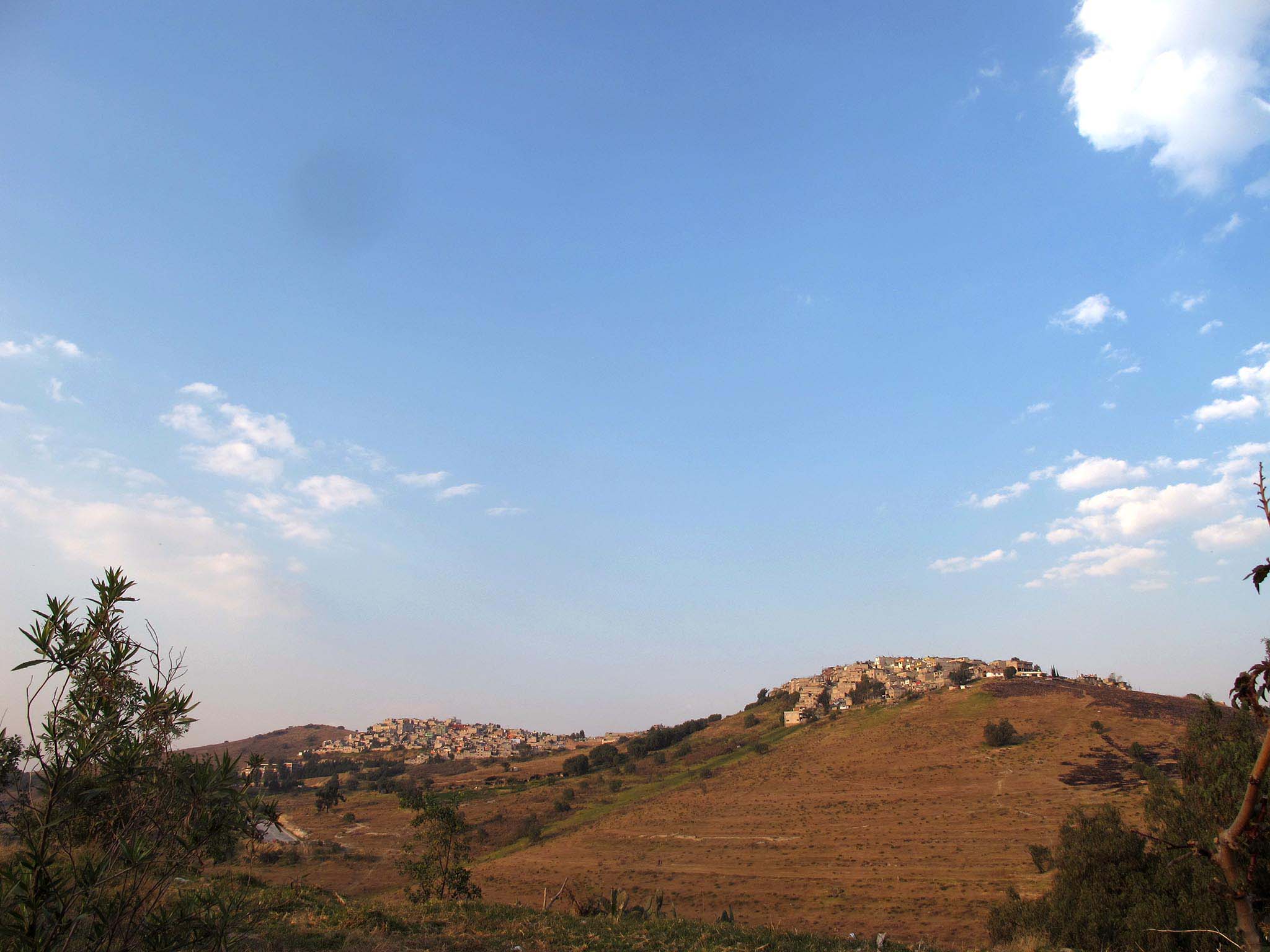
Unlike more standard settlement processes where people arrive from many different places in a relatively finished neighborhood and therefore know their neighbors much less. This has distinct advantages when a neighborhood is finally consolidated. Insecurity is less of a problem in a place where all the neighbors know and care about each other. Neighbors are able to organize themselves to build small amenities like a bridge over an inconvenient creek and a playground for the children.
A saying goes that shared suffering is shared joy and though the process of informal colonization can be very harsh, with incomplete houses offering scant protection and the lack of basic services and comforts, this shared history creates a sense of neighborhood organization and identity.
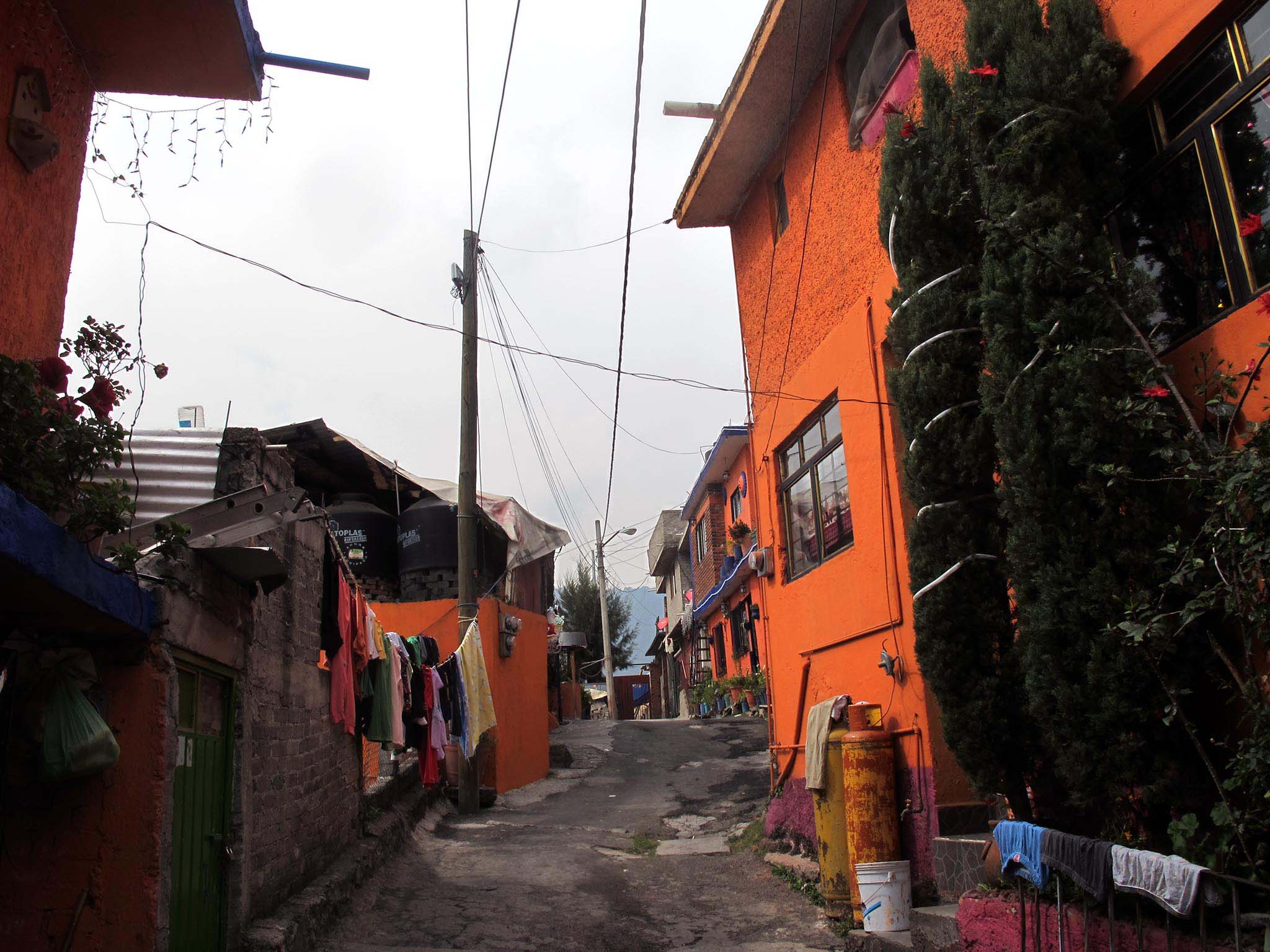
Though informal neighborhoods can be terrible places to live while they are under process of colonization, once they have been finished and regularized, a process which can take up to thirty years, they can house more resilient and healthier communities than formal neighborhoods. Just like the house built by the colonist is a legacy for his or her children, the neighborhood, the barrio is another legacy. According to government estimates approximately 60% of mexico City was once an irregular settlement.
Elite suburbs
In itself the elite suburbs of Huixquilucan, Santa Fé and Condado de Saavedra do not seem to generate much sense of community. There are few public meeting spaces, parks or children playgrounds. In reality malls or organized events outside or sometimes inside the neighborhood such as horse riding or golfing take up this part of social life. They may meet in church on Sunday. People don’t necessarily see their neighbors that much if only simply that they are separated from them by walls and large gardens.
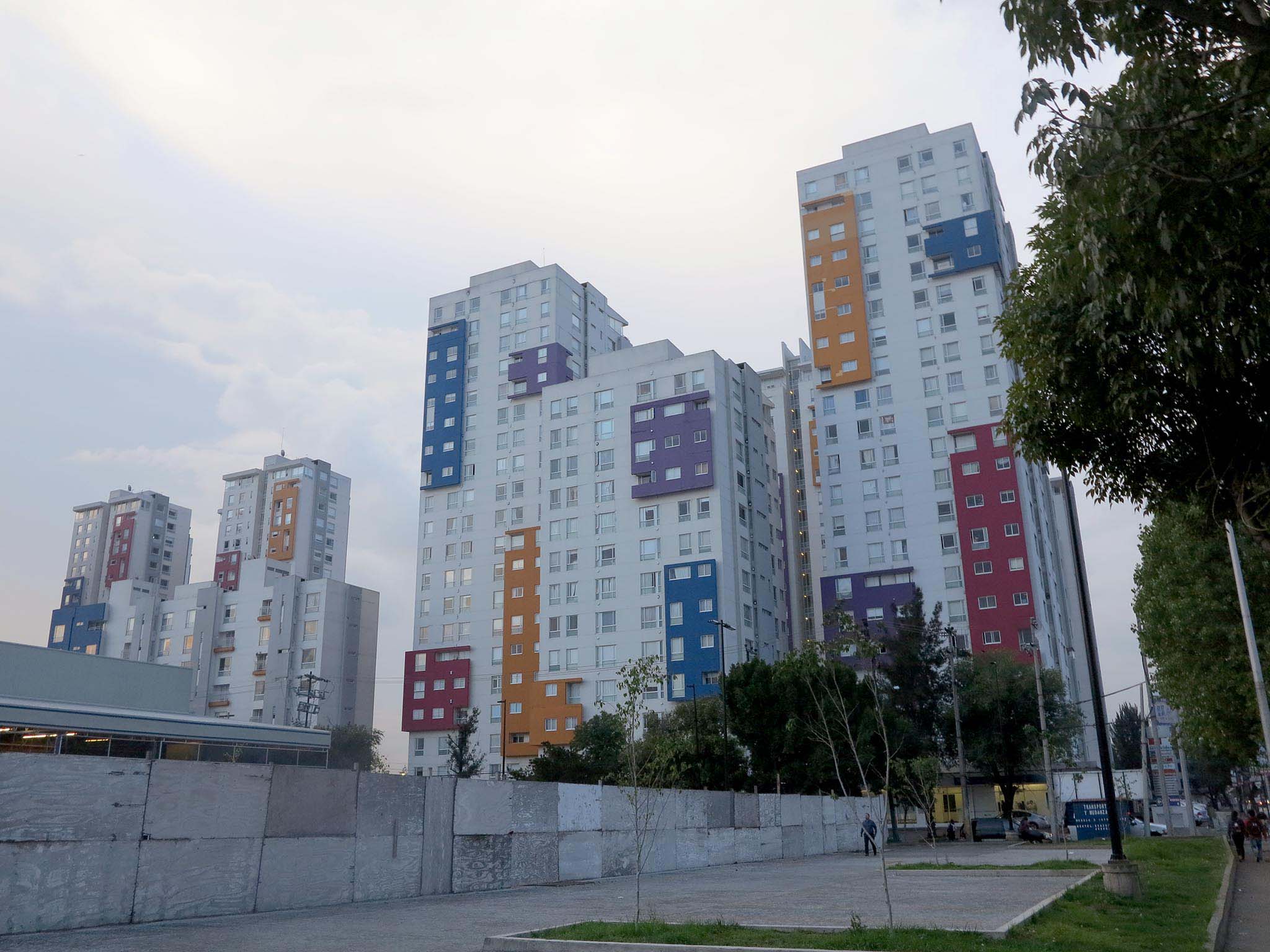
Instead of a sense of community there is a sense of class. This sense of class divides the nation into us and them, the difficulty naturally is distinguishing the two. Important indicators of class are which schools one has gone to, the brands one sports one ones clothes, where one goes on holidays, what kind of car one drives.
Belonging to this class means that certain rules and values are implicitly shared forming the basis of trust. And the combination of trust and wealth in turn can open many doors and offer many opportunities. That is why people are sometimes willing to make large investments to buy the parafenelia necessary to blend into this elite class. Memberships to golf and country clubs are a cheap investment compared to the deals which can be closed there. The same goes for watches and clothes and the other signs of wealth. Naturally for an ambitious social climber this initial investment can mean indebting oneself, making spending the carelessly an even greater performance.
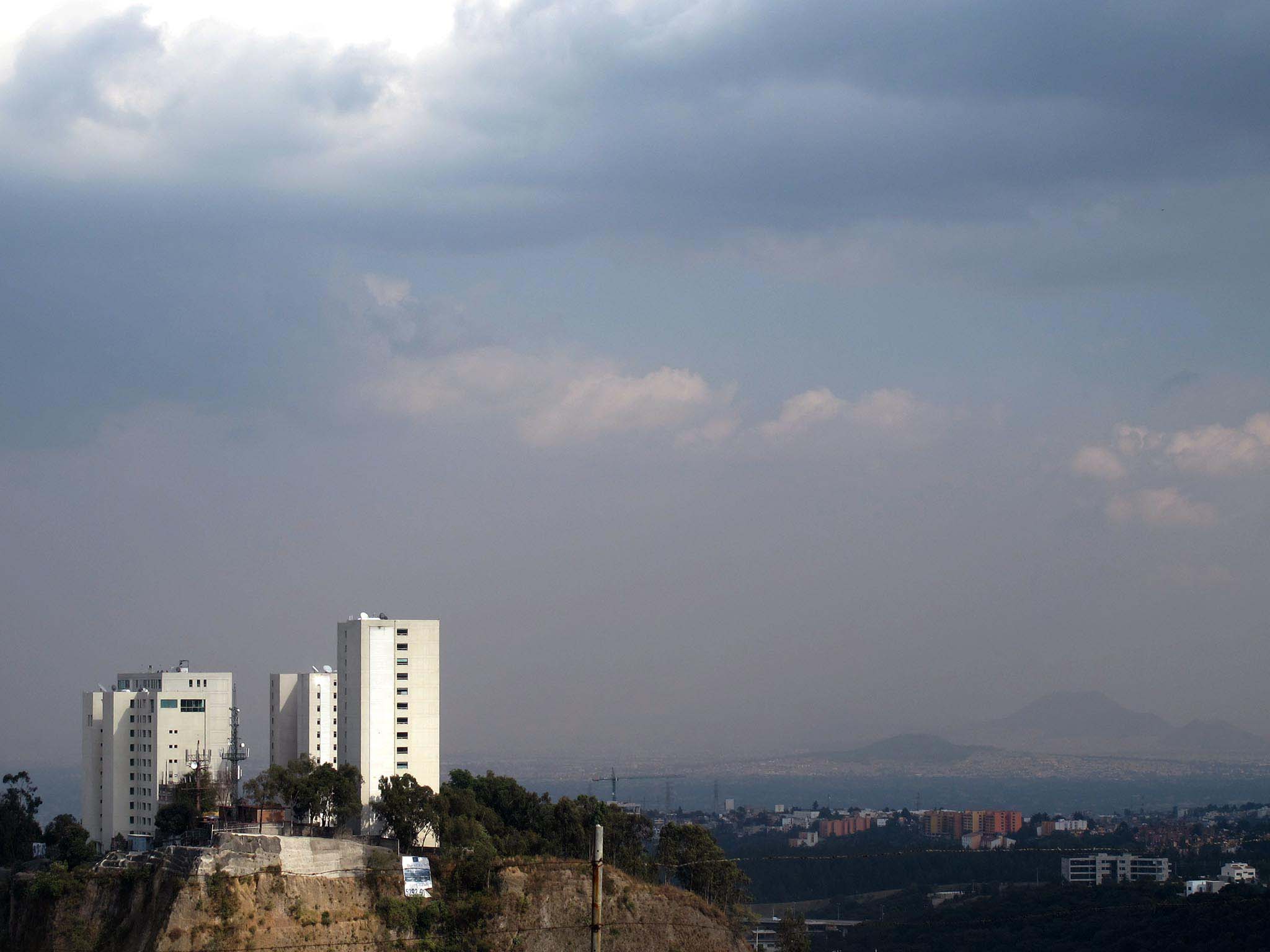
There is probably some ineffable effect of having a comfortable fortune which other wealthy people can recognize. A moneyed Mexican was once heard saying that they could smell whether someone was rich or not. It is the set of unconscious signals forming the necessary condition for the formation of elite communities in Mexico.
